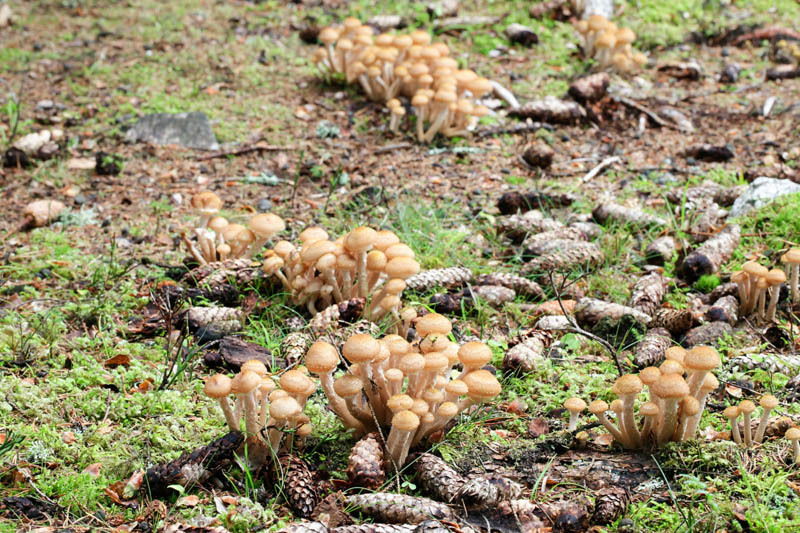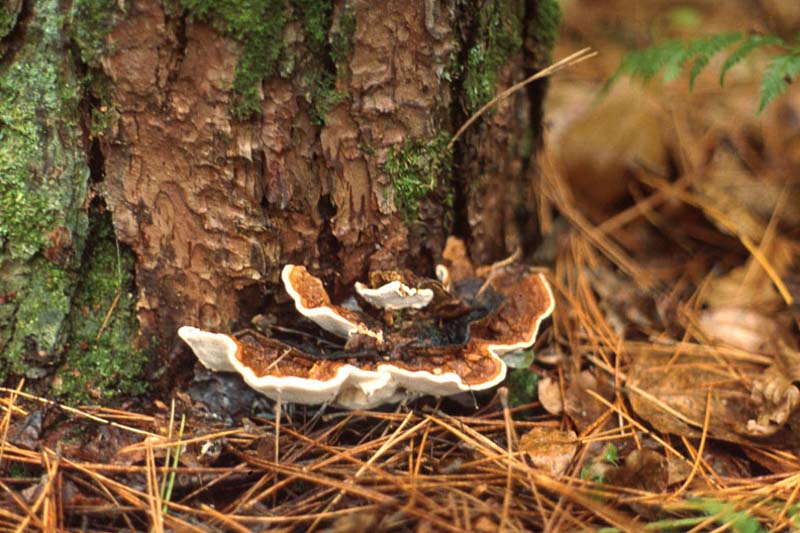How to Identify, Prevent, and Treat Root Rot
Root rot is a fungal disease that affects the roots of plants, causing them to decay and die. It is usually caused by overwatering or poor soil drainage, which creates an environment that is too wet for the roots to survive.
The fungus can spread quickly and cause extensive damage to the plant and eventual death if not treated. Root rot can affect a wide variety of plants, both indoors and outdoors, including woody and herbaceous ornamentals.
Root rot is caused by a variety of soil-borne pathogens that thrive in overly wet or poorly drained soil conditions. These pathogens include various species of fungi and water molds that attack the roots of plants and cause them to rot. The fungi and water molds are present in the soil naturally and can be introduced to plants through infected soil, water, and plant debris. Overwatering, poor soil drainage, and high humidity levels create the ideal environment for these pathogens to thrive and cause root rot.
Root rot is a term used to describe a group of plant diseases characterized by a progressive decay of roots. Below are several types:
The hosts, symptoms, and management of these diseases can vary, so correct diagnosis is key for effective control. Most types of root rot are exacerbated by poor drainage, so improving soil conditions and avoiding overwatering are key preventative measures.

Armillaria Root Rot (Honey fungus)
Root rot is often difficult to identify, as the symptoms can vary depending on the plant species and the severity of the infection. Here are some general signs to look for:
If you suspect root rot, gently remove the plant from its pot or soil and examine the roots. Healthy roots should be white or light tan and firm to the touch. If you see roots that are brown, black, or mushy, then your plant may be suffering from root rot. It is important to act quickly to prevent the spread of the disease to healthy plants.

Annosus Root Rot
Controlling root rot can be challenging, but it’s possible to manage the disease with proper care and prevention measures. Here are some ways to control root rot:
Overall, the best way to control root rot is to prevent it from occurring. By providing proper care and taking preventative measures, you can avoid the disease and keep your plants healthy.
Create a membership account to save your garden designs and to view them on any device.
Becoming a contributing member of Gardenia is easy and can be done in just a few minutes. If you provide us with your name, email address and the payment of a modest $25 annual membership fee, you will become a full member, enabling you to design and save up to 25 of your garden design ideas.
Join now and start creating your dream garden!
Create a membership account to save your garden designs and to view them on any device.
Becoming a contributing member of Gardenia is easy and can be done in just a few minutes. If you provide us with your name, email address and the payment of a modest $25 annual membership fee, you will become a full member, enabling you to design and save up to 25 of your garden design ideas.
Join now and start creating your dream garden!